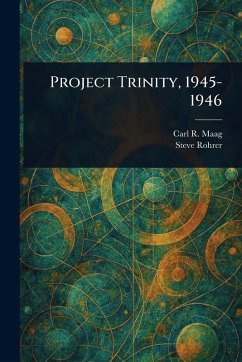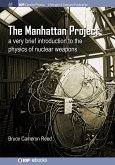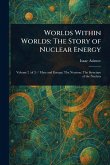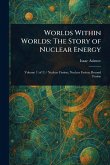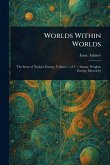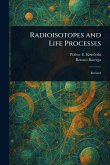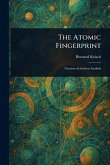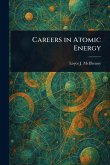"Project Trinity 1945-1946" by Carl Maag and Steve Rohrer offers a detailed examination of the aftermath of the Trinity test, the first detonation of a nuclear weapon. This historical account meticulously documents the period following this pivotal event in New Mexico, focusing on the radioactive fallout and its impact. Explore the science behind nuclear physics and the technology of atomic power through the lens of this groundbreaking moment in 20th-century American history. The book delves into the environmental and human consequences of nuclear testing, providing crucial insights into a subject of enduring importance. A significant resource for anyone interested in the history of nuclear weapons, the Trinity test, and the long-term effects of radioactive fallout. This work has been selected by scholars as being culturally important, and is part of the knowledge base of civilization as we know it. This work is in the public domain in the United States of America, and possibly other nations. Within the United States, you may freely copy and distribute this work, as no entity (individual or corporate) has a copyright on the body of the work. Scholars believe, and we concur, that this work is important enough to be preserved, reproduced, and made generally available to the public. We appreciate your support of the preservation process, and thank you for being an important part of keeping this knowledge alive and relevant.
Bitte wählen Sie Ihr Anliegen aus.
Rechnungen
Retourenschein anfordern
Bestellstatus
Storno

